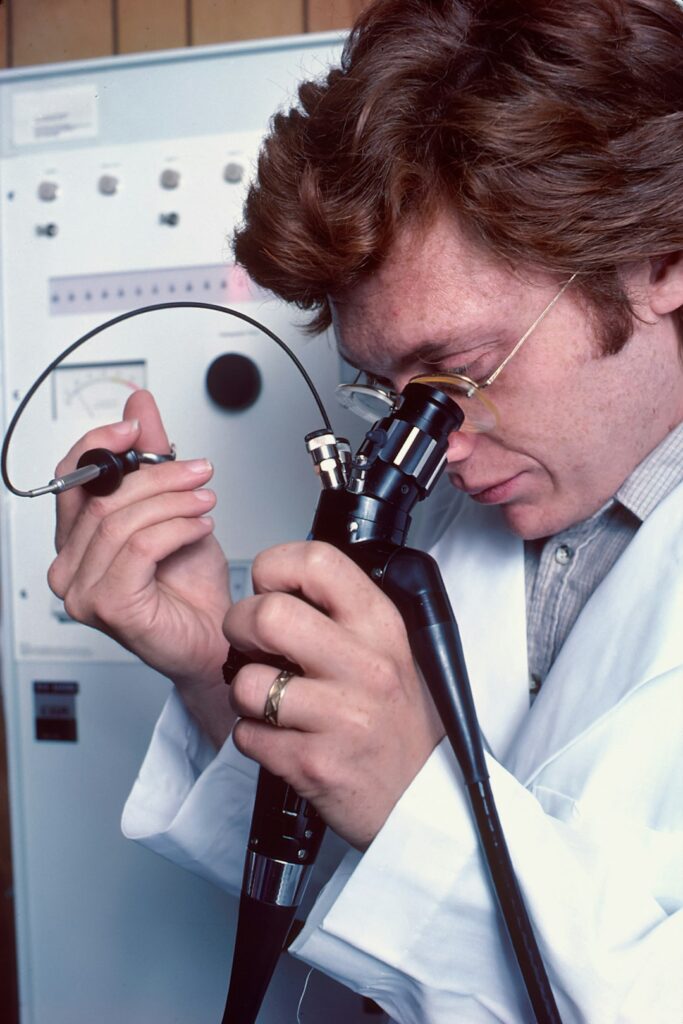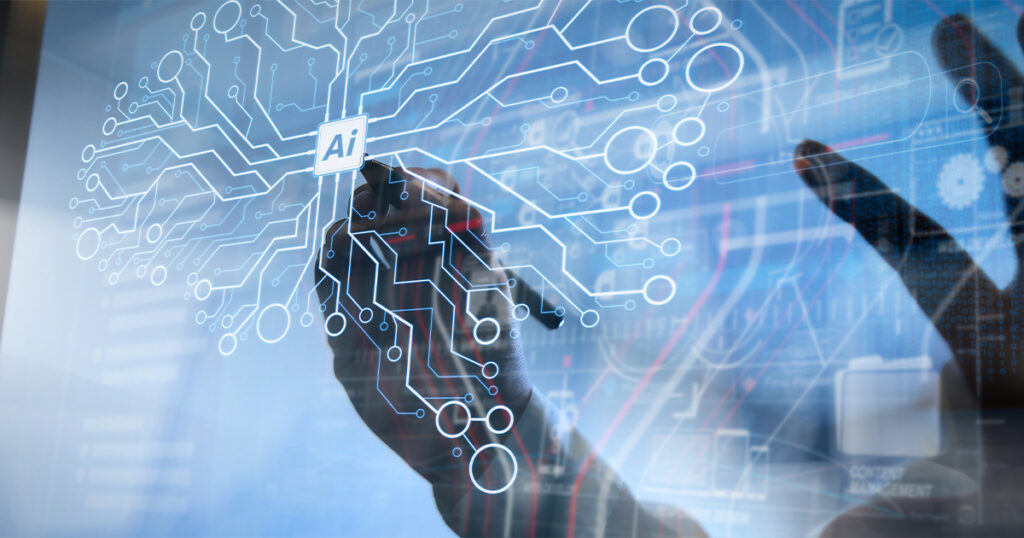AI Diagnostic Tools Revolutionizing Healthcare
In recent years, AI diagnostic tools have emerged as transformative technologies in the healthcare landscape. These innovative solutions leverage artificial intelligence to enhance the accuracy and efficiency of medical diagnoses, ultimately improving patient outcomes. By incorporating machine learning algorithms and vast amounts of medical data, these tools provide healthcare professionals with insights that were previously unattainable.
The Role of AI Diagnostic Tools in Modern Medicine
AI diagnostic tools are playing a crucial role in the advancement of modern medicine. They help in identifying diseases and conditions early, enabling timely intervention. Here’s how they are reshaping healthcare:
- Enhanced Accuracy: AI algorithms can analyze medical images and data with a level of precision that often surpasses human capabilities.
- Speed of Diagnosis: These tools significantly reduce the time required for diagnosis, allowing for quicker patient management decisions.
- Increased Access: AI diagnostic tools can extend healthcare services to remote and underserved areas, making quality care more accessible.
How AI Diagnostic Tools Work
AI diagnostic tools utilize a combination of data processing and machine learning techniques to interpret medical information. The process typically involves the following steps:
- Data Collection: AI systems gather vast datasets from various sources, including medical records, lab results, and imaging studies.
- Training Algorithms: Machine learning algorithms are trained using this data to identify patterns and correlations relevant to specific medical conditions.
- Diagnostic Decision Support: Once trained, the AI tools can assist healthcare providers by offering diagnostic suggestions based on new patient data.
Real-World Applications of AI Diagnostic Tools
AI diagnostic tools have numerous real-world applications that illustrate their value in everyday healthcare scenarios:
Imaging and Radiology
In the field of imaging, AI diagnostic tools are being utilized for:
- Detecting Tumors: AI systems analyze MRI and CT scans to identify malignant tumors at early stages.
- Bone Fracture Detection: Algorithms assist radiologists in recognizing fractures that may be missed during manual assessments.
Pathology
AI tools in pathology provide innovative solutions, such as:
- Automated Slide Analysis: AI can scrutinize pathology slides to detect abnormalities in cell samples more rapidly and accurately.
- Predictive Analytics: The tools can also predict disease progression, aiding in treatment planning and patient management.
The Future of AI in Healthcare
The future of AI diagnostic tools looks promising, with several trends shaping the trajectory of their development:
- Integration with Electronic Health Records (EHRs): As AI diagnostic tools become more integrated with EHRs, they will provide real-time insights directly within clinical workflows.
- Continuous Learning: The ability of these tools to continuously learn from new data will enhance their diagnostic capabilities over time.
- Patient Empowerment: With patients being increasingly involved in their healthcare, AI tools may help them understand their conditions better and make informed decisions.
Challenges and Considerations
Despite their advantages, there are challenges associated with the implementation of AI diagnostic tools:
- Data Privacy: Protecting patient data while using AI tools is crucial to maintain trust and comply with regulations.
- Regulatory Approval: AI diagnostic tools must undergo rigorous testing and validation to gain approval from health authorities.
Overall, the integration of AI diagnostic tools into healthcare is still in its nascent stages, but the benefits they offer suggest a bright future for both healthcare providers and patients alike.
Conclusion
AI diagnostic tools are paving the way for a new era in healthcare, marked by enhanced accuracy, faster diagnoses, and improved patient care. Their ability to analyze vast amounts of data with precision represents a significant leap forward. As technology continues to evolve, embracing AI diagnostic tools will be vital for the healthcare industry to deliver better outcomes and enhanced efficiency.
The Role of AI Diagnostic Tools in Disease Prevention
AI diagnostic tools are not only instrumental in identifying diseases but also play a significant role in preventive healthcare. By analyzing vast datasets, these tools can identify risk factors and patterns that may go unnoticed by human practitioners. For instance, AI algorithms can assess genetic information and family history to predict the likelihood of developing conditions such as diabetes or heart disease. This proactive approach allows healthcare providers to recommend lifestyle changes and monitoring strategies, ultimately improving patient outcomes.
Enhancing Diagnostic Accuracy
One of the key advantages of implementing AI diagnostic tools is their ability to enhance the accuracy of diagnoses. Traditional diagnostic methods can be subjective and prone to human error. In contrast, AI algorithms leverage machine learning to process images and data with remarkable precision. In fields like radiology and pathology, AI tools can quickly analyze scans and biopsies, leading to faster and more accurate diagnoses of conditions such as cancer. By reducing false positives and negatives, these tools significantly improve the reliability of diagnoses, allowing for timely and appropriate treatment interventions.
Bridging the Gap: AI Diagnostic Tools in Rural Healthcare
The integration of AI diagnostic tools also extends the reach of healthcare services, particularly in underserved and rural areas. Many regions lack access to specialists who can conduct comprehensive diagnostic evaluations. AI tools, however, can provide essential diagnostic capabilities remotely, enabling healthcare workers to analyze patient data and make informed decisions. This democratization of healthcare services helps bridge the gap in access and ensures that patients receive the care they need, regardless of their geographical location.


